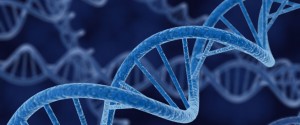Please click on the link below to watch today’s video blog:
Elliot S. Schlissel is a father’s rights attorney who was has been representing fathers in paternity cases for more than 45 years. Elliot and his staff of attorneys handle divorce cases, child custody and visitation, and all aspects of family law proceedings. He can be reached for consultation at 516-561-6645, 718-350-2802, 1-800-344-6431 or by email to schlissel.law@att.net.

 In an unusual case in Monroe County Family Court, Judge Joan Kohout was presented with what may be referred to as a modern dilemma. A mother and her same sex wife, had a child born to them during the course of their marriage. Since the child was born during the course of the marriage, they claimed they were the legitimate two parents of this child. They argued in Family Court a man could not bring a
In an unusual case in Monroe County Family Court, Judge Joan Kohout was presented with what may be referred to as a modern dilemma. A mother and her same sex wife, had a child born to them during the course of their marriage. Since the child was born during the course of the marriage, they claimed they were the legitimate two parents of this child. They argued in Family Court a man could not bring a 









